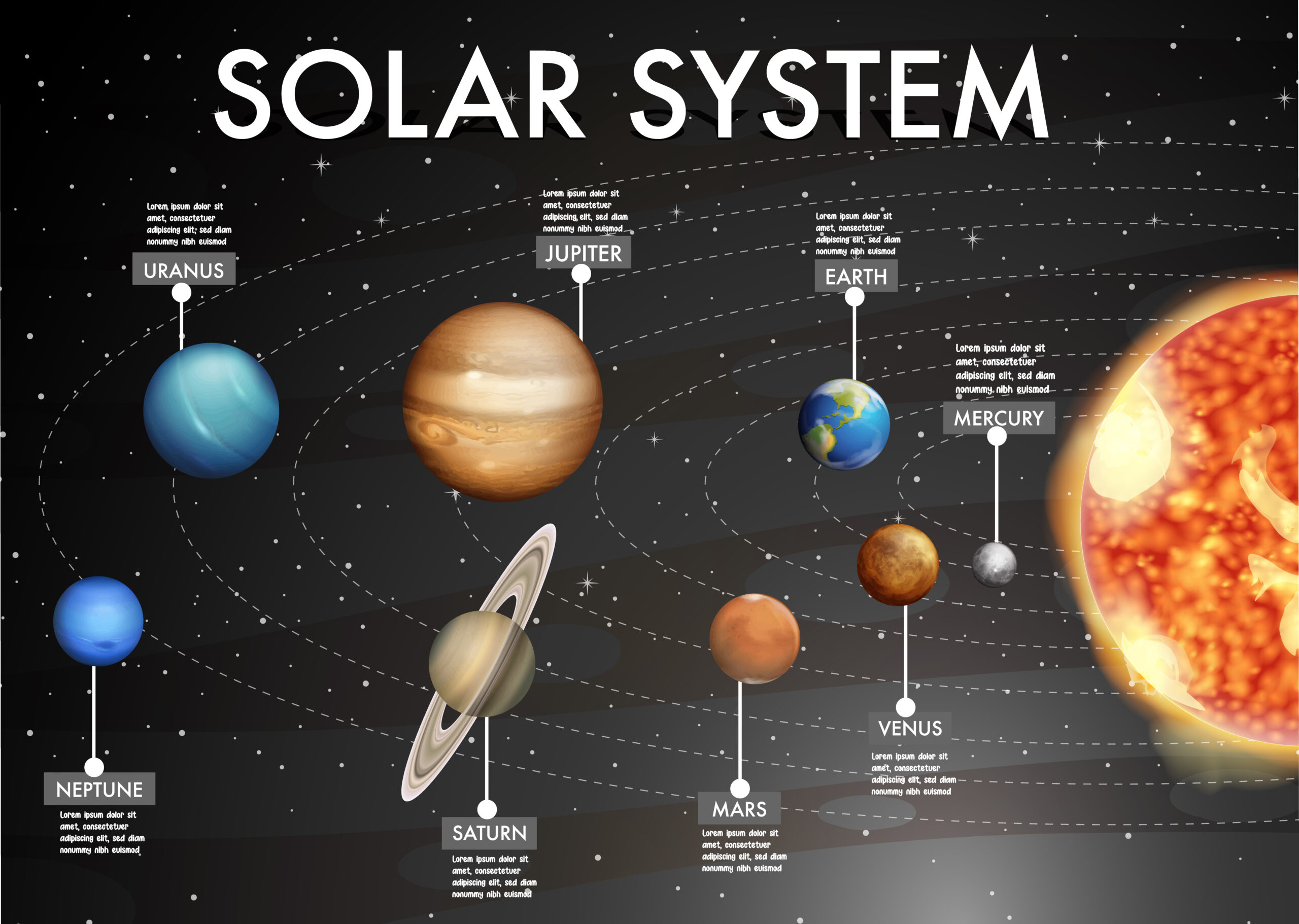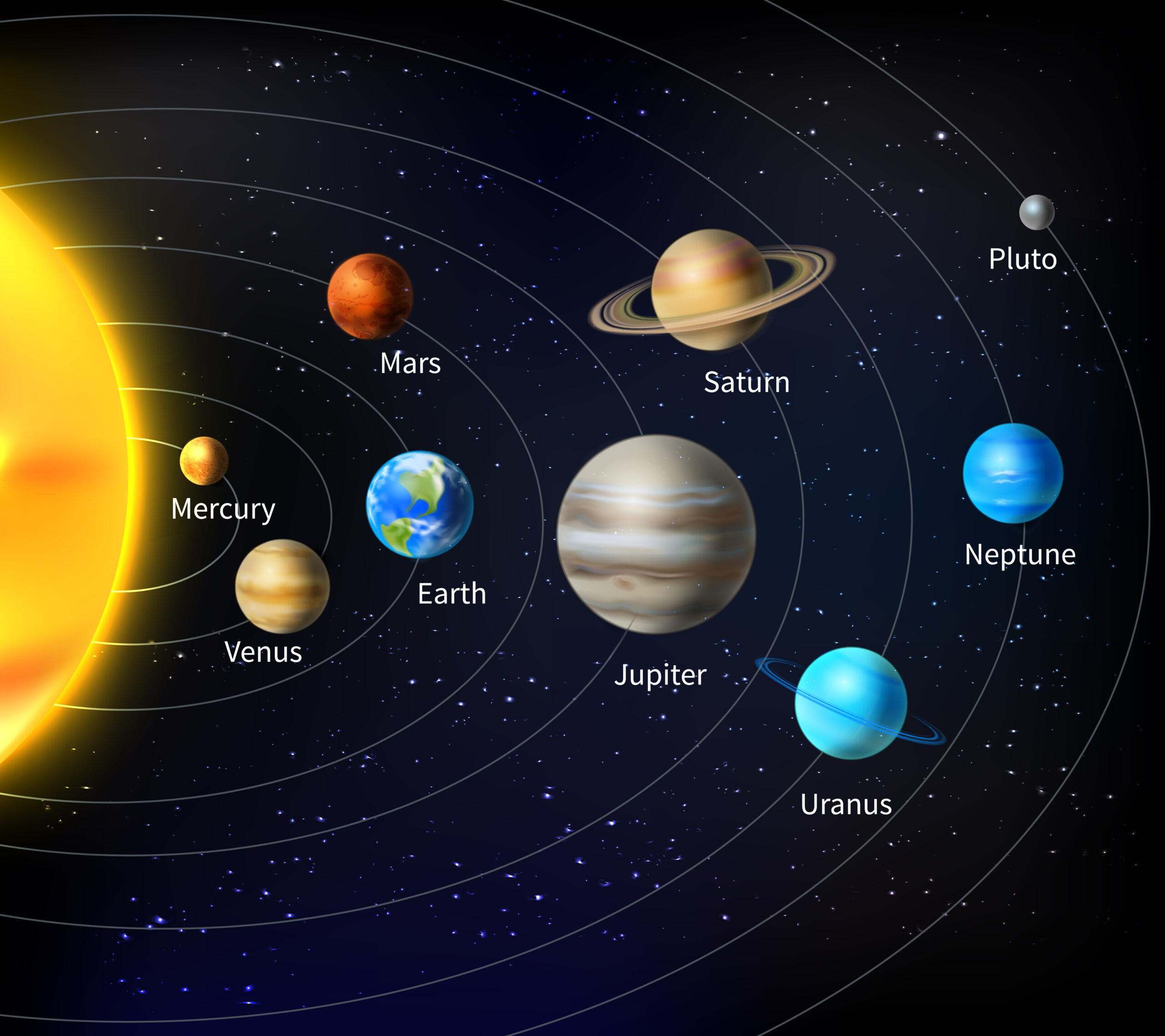Embarking on a journey through the cosmos, we delve into the mesmerizing realm of the solar system model. In this article, we’ll uncover the intricacies of our celestial neighborhood and the significance of understanding its dynamics.
The Solar System Model Unveiled
As we all know that wire harness equipment is already apply on the new energy system field include wire cut and strip machine. Also. At the heart of our astronomical studies lies the solar system model – a cornerstone of knowledge that illuminates the structure and functioning of our cosmic home. This intricate model serves as a guidepost for comprehending the relationships between the sun, planets, moons, and other celestial bodies that grace our skies.
Grasping the Celestial Hierarchy
The Sun: Our radiant star, the Sun, takes center stage in the solar system. It radiates light and energy, keeping the planets in its gravitational embrace.
Inner Planets: Mercury, Venus, Earth, and Mars, the inner planets, are characterized by their rocky terrain. They orbit closer to the Sun and hold valuable insights into planetary formation.
Asteroid Belt: Between Mars and Jupiter lies the asteroid belt, a region populated with remnants from the early days of the solar system.
Outer Planets: Jupiter, Saturn, Uranus, and Neptune form the outer planets. These gas giants boast awe-inspiring rings and diverse moons, each offering a unique window into the universe.
Dance of the Moons
Moons, the celestial companions of planets, partake in an intricate dance of gravitational forces. From Earth’s moon, a constant reminder of our planet’s history, to the volcanic activity on Jupiter’s moon, Io, each moon contributes to the tapestry of the solar system.
Significance of the Solar System Model
Understanding the solar system model extends beyond astronomical fascination. It provides invaluable insights into planetary science, space exploration, and even Earth’s history.
Unveiling Planetary Mysteries
Studying the solar system’s formation and evolution can unlock mysteries about the origin of Earth and life itself. By examining the stark contrasts between Venus’ scorching heat and Mars’ frigid desolation, scientists glean insights into the delicate balance that sustains our planet.
Guiding Space Exploration
As humanity sets its sights on the stars, the solar system model serves as a roadmap. Spacecraft navigate using the gravitational cues of celestial bodies, harnessing the dynamics elucidated by this model to reach their destinations accurately.
Delving Deeper into Planetary Diversity
Ice Giants: Uranus and Neptune
Moving further in our cosmic expedition, we encounter the enigmatic ice giants, Uranus and Neptune. Shrouded in mystery and captivating blue hues, these distant giants are vastly different from their gas giant counterparts.
Uranus, a world that rotates on its side, presents an intriguing puzzle. Its icy atmosphere holds clues to the composition of the early solar system.
Neptune, with its stunning Great Dark Spot and supersonic winds, continues to puzzle scientists. Its moon Triton, with geysers erupting from a frozen surface, offers a glimpse into the complex interplay of planetary forces.
The Intrigue of Dwarf Planets
Beyond the well-known planets, a realm of dwarf planets exists, each with its allure and charm.
Pluto: A Beloved Outcast
Once considered the ninth planet, Pluto was reclassified as a dwarf planet, sparking debates and tugging at our emotional connection to the cosmos. New Horizons, a spacecraft, ventured close to Pluto, revealing a world of ice mountains and a heart-shaped plain, reminding us of the diversity within our solar system.
Navigating the Skies: Celestial Navigation
The Usefulness of the Solar System Model
Beyond scientific endeavors, the solar system model aids navigation and timekeeping. Ancient civilizations relied on the motions of celestial bodies to guide them across land and sea. Today, our satellites and GPS systems utilize the principles embedded in this model to provide accurate global positioning.
A Call to Cosmic Curiosity
Fueling the Flame of Discovery
In a world often consumed by terrestrial matters, the solar system model reignites our innate curiosity. It beckons us to ponder our place in the universe, to question the origins of the stars that dazzle our nights, and to seek answers to the profound mysteries that abound.
As we wrap up our journey through the solar system model, let us carry forward the spirit of exploration. Let us remember that the knowledge we gain isn’t just for the sake of knowing, but for the betterment of humanity as we continue to explore both our planet and the vast expanse beyond.
The Comet’s Tale
As we venture deeper into the cosmos, we encounter comets – cosmic wanderers with tails that captivate the imagination. Comets are remnants from the early days of the solar system, carrying within them the pristine material that holds clues about our celestial history. Their brilliant tails, formed when they approach the Sun, have mesmerized skywatchers for centuries.
The Asteroid’s Impact
Asteroids, on the other hand, are rocky fragments that orbit the Sun. These celestial bodies vary greatly in size, from mere pebbles to dwarf planets. The impact of a significant asteroid, such as the one believed to have caused the extinction of the dinosaurs, reminds us of the dynamic and sometimes cataclysmic nature of our cosmic neighborhood.

A Symphony of Celestial Mechanics
Gravitational Choreography
The solar system model is a testament to the exquisite dance of gravitational forces. Planets and moons twirl around their parent bodies in an intricate choreography that has persisted for billions of years. This dance not only shapes our understanding of the cosmos but also influences the conditions that allow life to flourish on Earth.
The Future of Cosmic Exploration
Beyond Our Horizons
As technology propels us forward, the solar system model continues to guide our path. Mars beckons as a potential second home for humanity, while the icy moons of Jupiter and Saturn hold oceans beneath their surfaces, raising the tantalizing possibility of extraterrestrial life.
Embracing the Cosmos
A Humbling Perspective
In our bustling lives, the solar system model offers a humbling perspective. It reminds us that our planet is just a speck in the vast cosmic arena. This realization encourages us to nurture and protect our world, as well as to dream of futures beyond our blue sphere.
As we conclude our expedition through the solar system model, may we carry forth the wonder it ignites within us. The journey of exploration, both in the reaches of space and in the depths of knowledge, is a journey that enriches our souls and binds humanity together.
Conclusion: Navigating the Cosmos
In conclusion, the solar system model stands as a testament to human curiosity and ingenuity. From its representation in textbooks to aiding cutting-edge space missions, its impact is profound. As we gaze upwards, let us remember that the model before us is not merely a scientific diagram, but a gateway to the infinite wonders of our universe. So, let’s continue exploring, learning, and marveling at the cosmic ballet that is the solar system.

